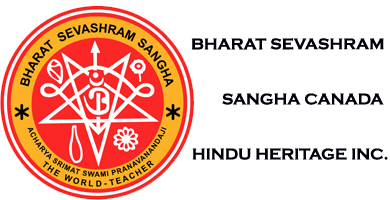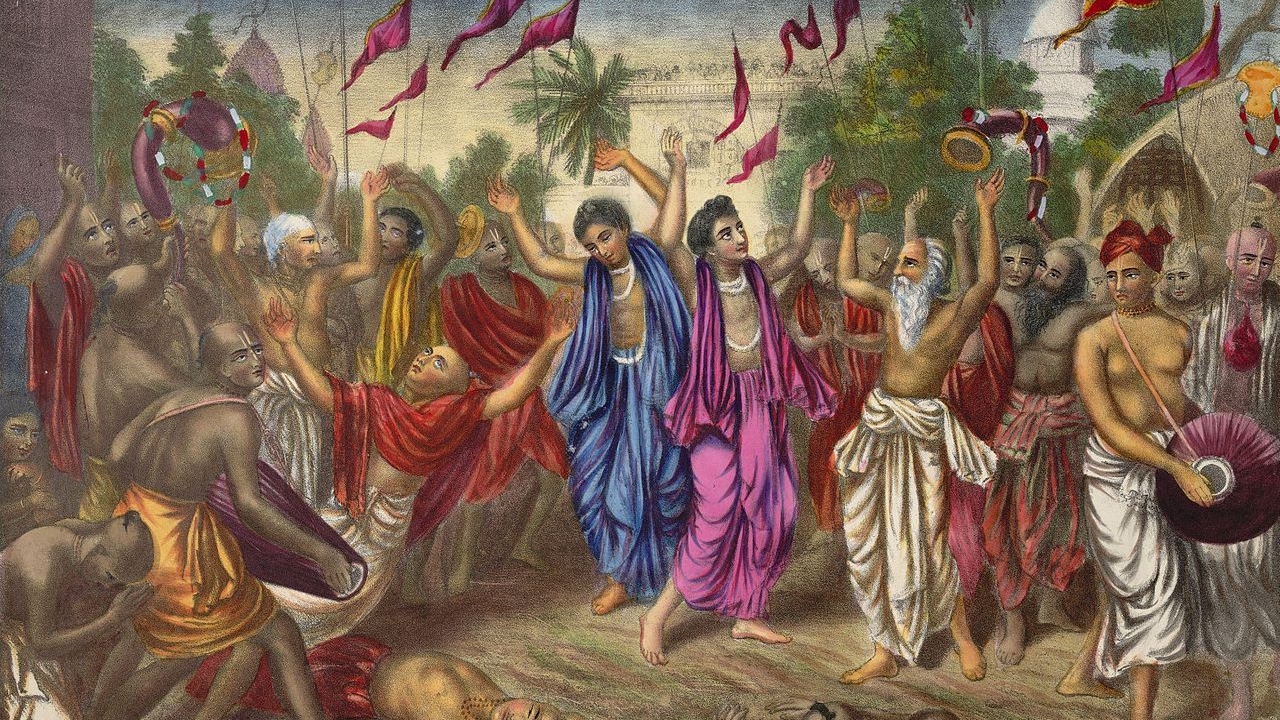There are many kinds of Bhavas in Bhakti. In Shanta Bhava, the devotee is Shanta or peaceful. He does not jump and dance. He is not highly emotional. His heart is filled with love and joy. Bhishma was a Shanta Bhakta.
Shri Hanuman was a Dasya Bhakta. He had Dasya Bhava. He served Lord Rama whole-heartedly. He pleased his master Lord and God in all possible ways. He found joy and bliss in the service of his Master.
In Sakhya Bhava, God is a friend of the devotee. Arjune had this Bhava towards Lord Krishna. The devotees moves with the Lord on equal terms. Arjuna and Krishna used to sit, eat, talk, and walk together as intimate friends.
In Vatsalya Bhava, the devotee looks upon God as his child. Yasoda had this Bhava with Lord Krishna. The devotee serves, feeds and looks upon God as a mother does in the case of her child.
The fifth Bhava is Sakhya Bhava. This is also known as Gopi Bhava. The Gopis united Radha and Krishna when they separated. They identified themselves with Radha and Krishna and enjoyed the bliss resulting from their re-union.
The last is Madhurya Bhava or Kanta Bhava. This is the highest form of Bhakti. This was the relation between Radha and Krishna. This is Atma-samarpana. That is, the Sadhaka and the beloved Lord become one. The devotee and God feel one with each other and still maintain a separateness in order to enjoy the bliss of the play of love between them. This is oneness in separation and separation in oneness. The relationship is like that of husband and wife. Jayadev, Mira and Savitri had this Bhava.
Every act must be done that awakens the emotion of Bhakti. Keep the Puja room clean. Decorate the room. Burn incense and light a little lamp or electric bulb. Bathe, wear clean clothes and keep a clean seat on which you would sit to do your daily worship. Apply Vibhuti or Tilak on the forehead. Wear Rudraksha or Tulsi Mala. All these produce a benign lnfluence on the mind and elevate the mind. They inspire piety. These help to create the necessary Bhava or feeling to invoke your Ishta Devata that you want to worship. Therefore the mind will be easily concentrated.
Practice of right conduct, Satsanga, Japa, Smarana, Kirtan, prayer, worship, service to the saints, service to the poor and the sick with divine Bhava, observance of the Varnashrama duties, offering of all actions and their fruits to the Lord, feeling the presence of the Lord in all beings, prostrations before the murti of the Lord, charity, austerities and religious vows, practice of Ahimsa, Satyam and controlled speech, all these will help you to develop Bhakti.


